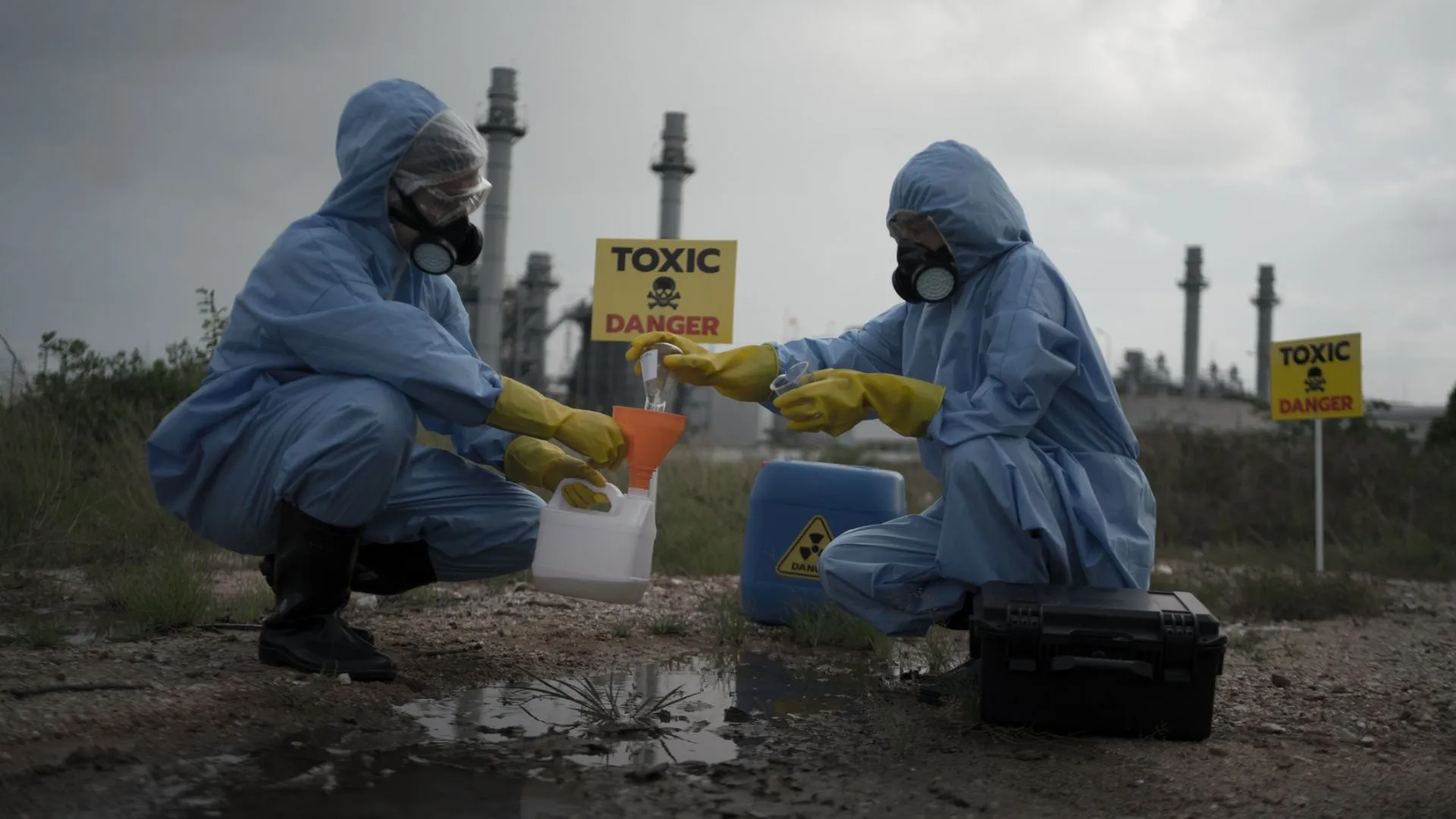
Researchers at Stanford University have developed a new mathematical model that could improve the evaluation of potential storage sites for nuclear waste and carbon dioxide.
The approach provides a method for understanding the microscopic structure of geological materials, a factor in assessing the long-term viability of underground storage.
The method is based on a statistical tool known as a Poisson model. The researchers use an analogy to the board game Battleship to explain their work. By identifying a component at a single random point within a material, the model can predict the location of other components, creating a map of the microscopic structure.
This information can be used to model how substances might behave in porous rock and soil over long periods.
“With this study, we’ve solved the famous Poisson model for heterogenous materials,” said lead study author Alec Shelley, a PhD student at the Stanford Doerr School of Sustainability.
“Our result could have a broad impact on several areas of science, because heterogenous materials are common and their models almost never have exact solutions.”
Properties tied to microstructure
Beyond its use in nuclear waste disposal and carbon sequestration, the model has broad applications.
According to Shelley, the model reveals a list of properties tied to microstructure, including hardness, elasticity, tensile strength, and electrical and heat conductivity.
One application is in the production of concrete. The approach could allow engineers to optimize concrete’s microstructure by modeling its air pockets.
These voids could then be filled with supplementary materials like fly ash or biochar, reducing the overall cement content.
This would in turn lower carbon dioxide emissions from cement manufacturing, increase the concrete’s strength, and reduce costs.
Understanding complex systems
“What Alec has succeeded in doing in this study is quite remarkable,” remarked Daniel Tartakovsky, a professor of energy science and engineering at Stanford.
“Using his approach, you could design a composite material to your specifications and obtain certain properties based on the proper mixture of components.”
He added that the model offers a new tool for understanding other complex systems, such as those in groundwater management and geothermal energy.
The research involved applying tools from stochastic geometry. Shelley initially worked with pen and paper, but the complexity of the calculations—involving 128 different terms for predicting just three points—required the use of computer simulations.
“If you can predict that microstructure and know where stuff is located microscopically, you can intentionally control macroscopic properties related to it,” Shelley explained.
“That’s what this paper contributes.”
Other waste management efforts
While this research provides a breakthrough in analyzing potential storage materials, the global nuclear industry is also advancing other methods to handle the waste itself.
Earlier this year, Moltex Energy Canada Inc. (Moltex) introduced its revolutionary Waste to Stable Salt (WATSS) process. This breakthrough technology not only significantly reduces nuclear waste volumes but also transforms used nuclear fuel into a valuable energy resource.
In another development, Sweden began constructing a final storage facility for its spent nuclear fuel. The facility, located 500 meters below ground in solid bedrock, will safely store highly radioactive waste for an extended period, specifically 100,000 years.